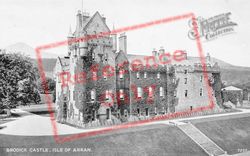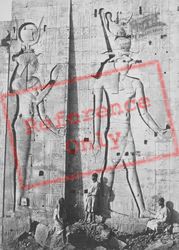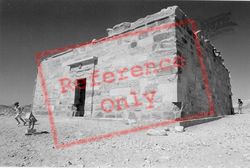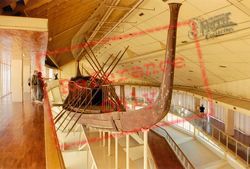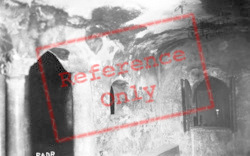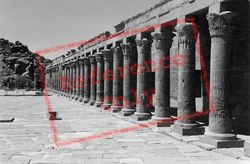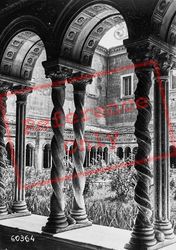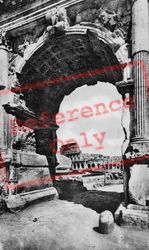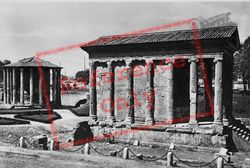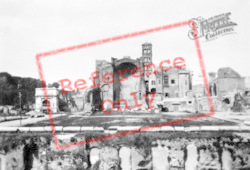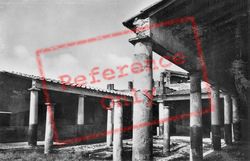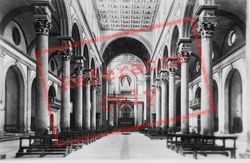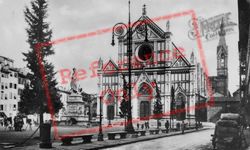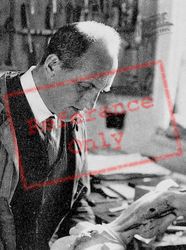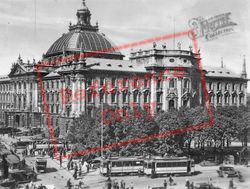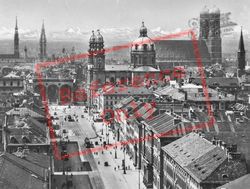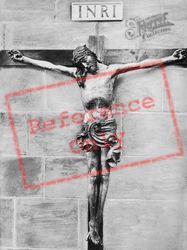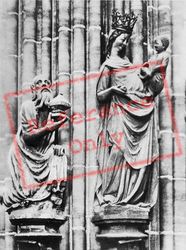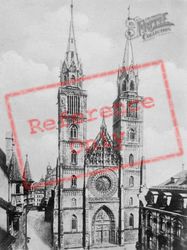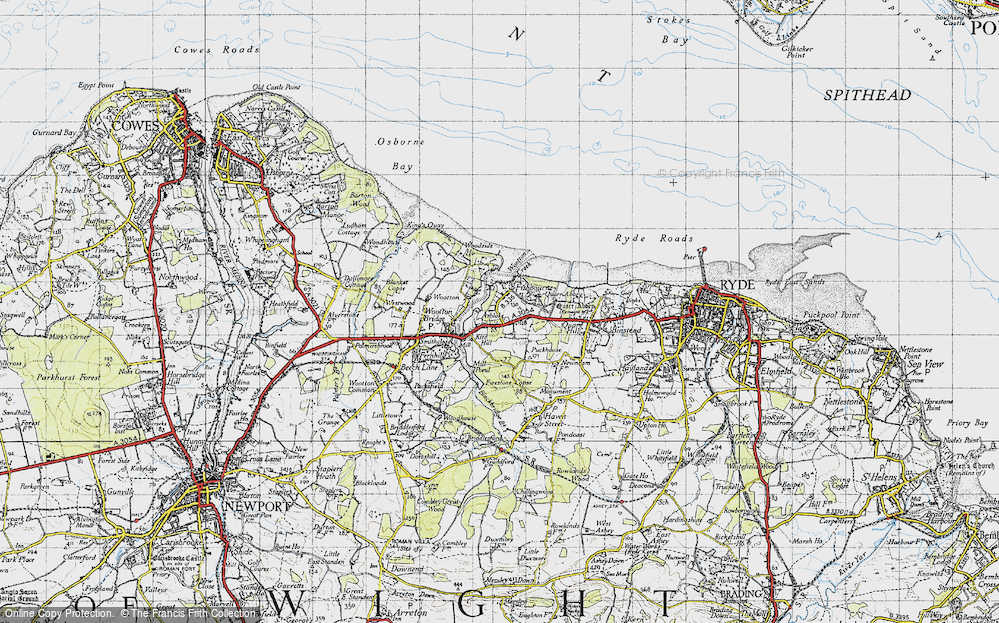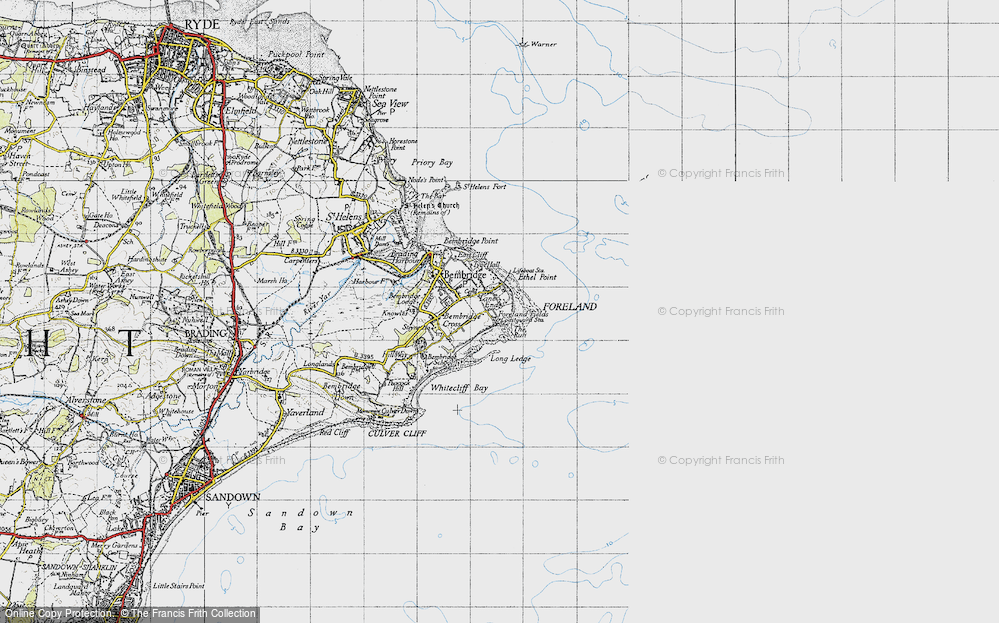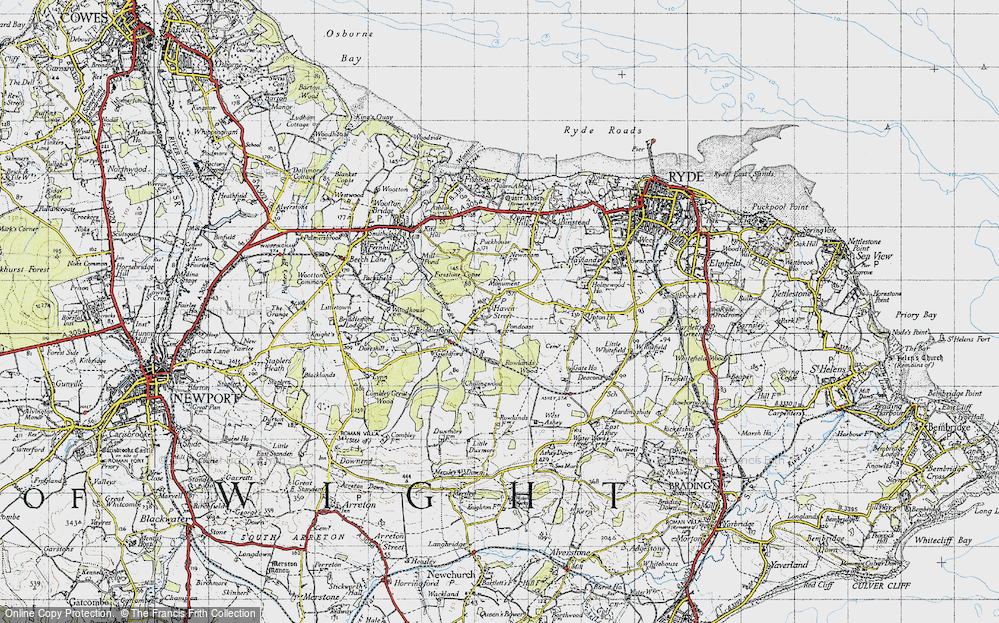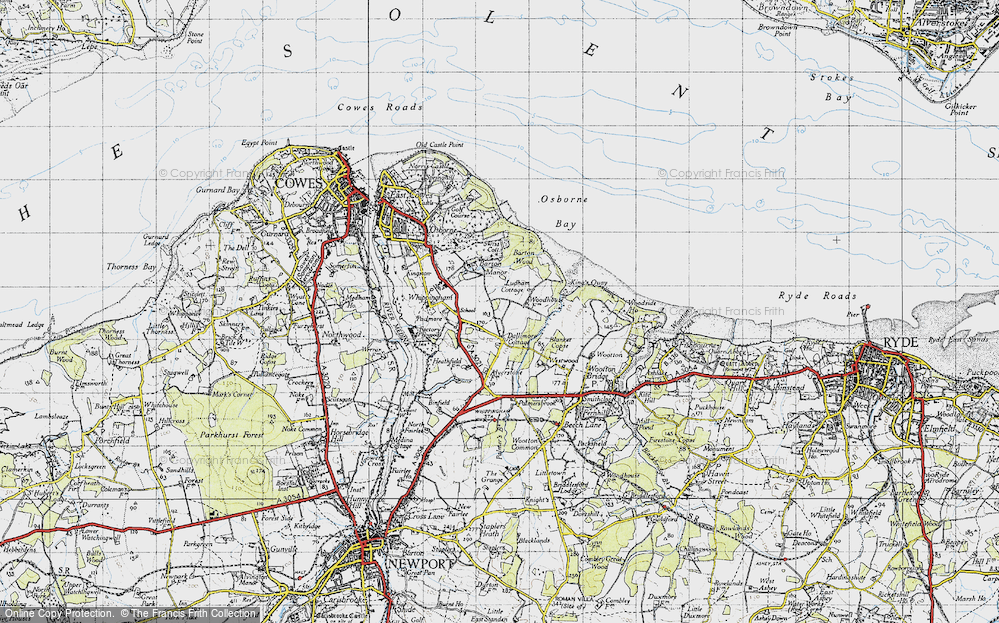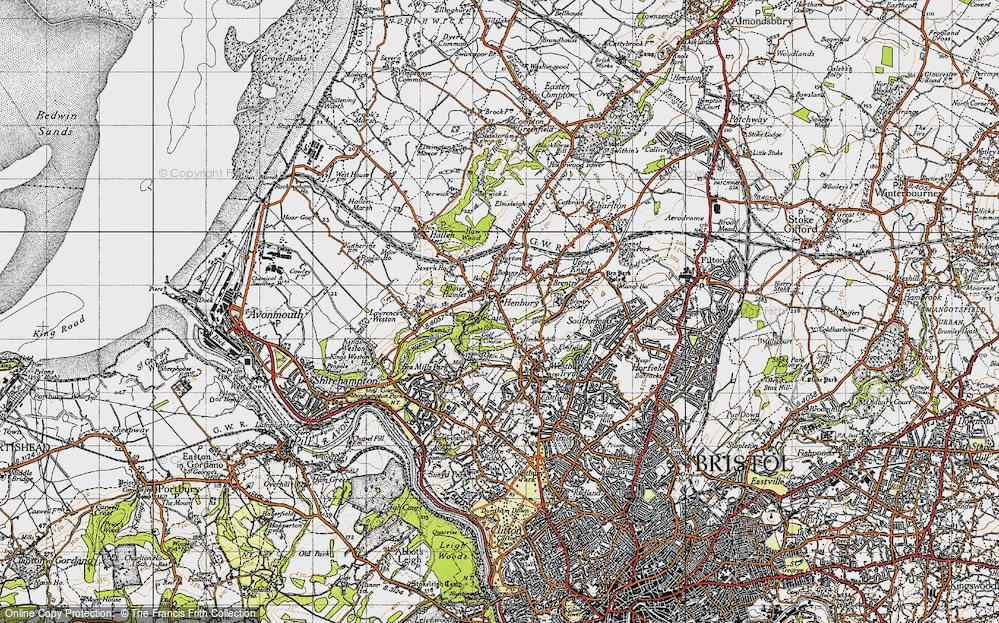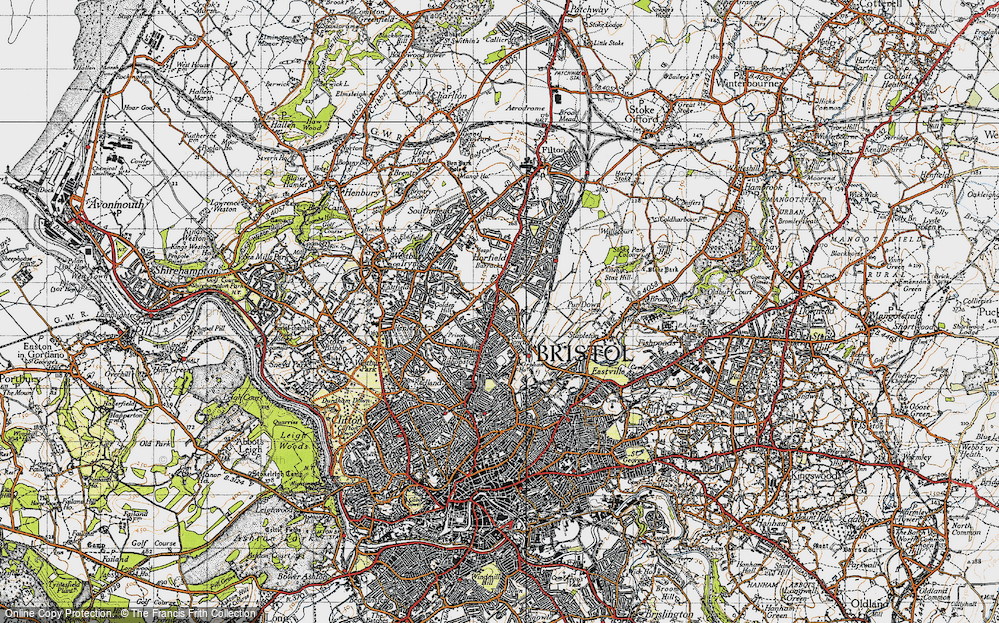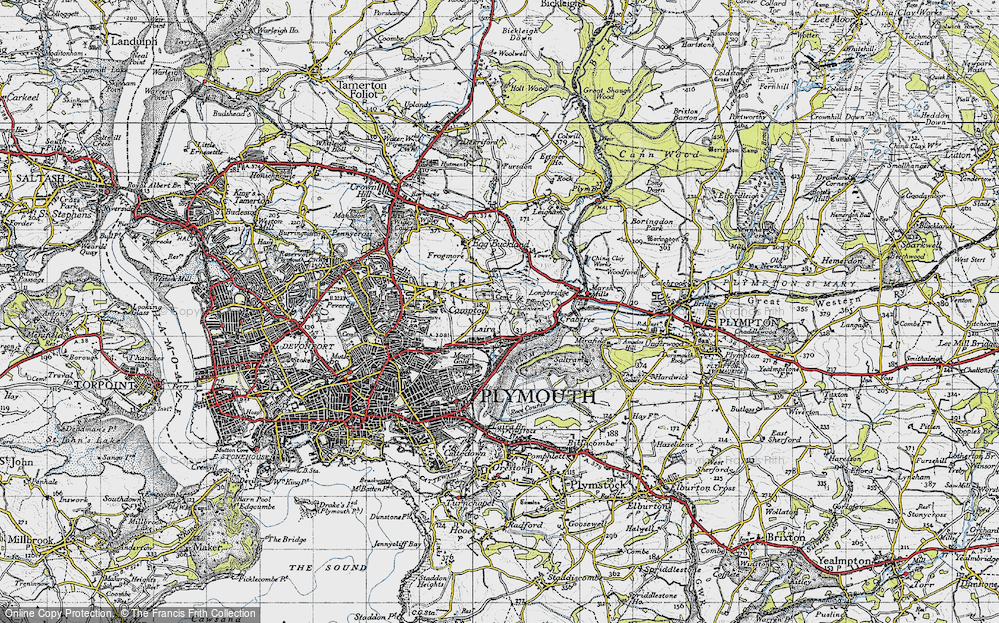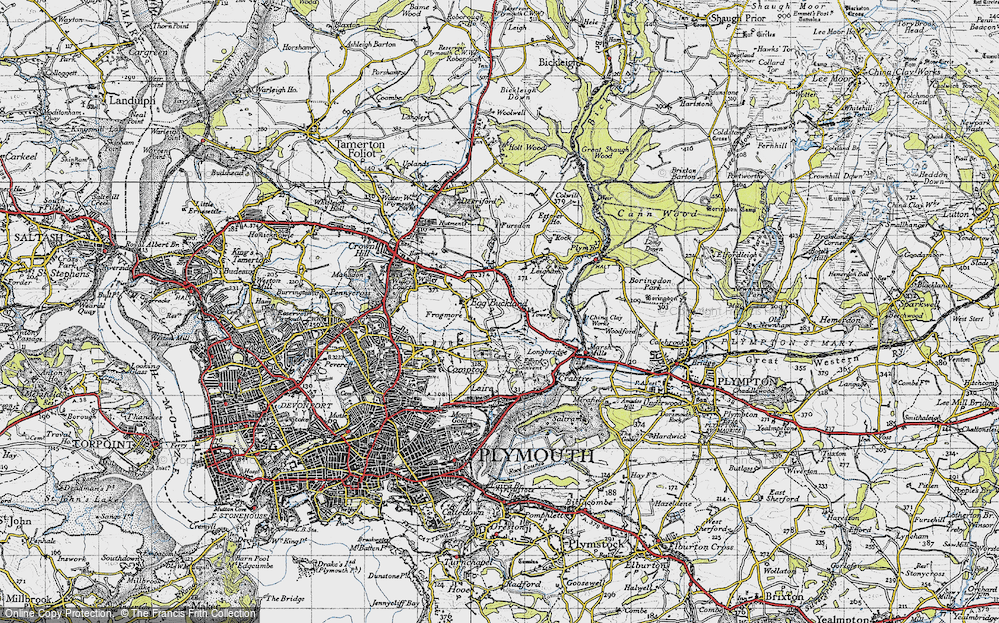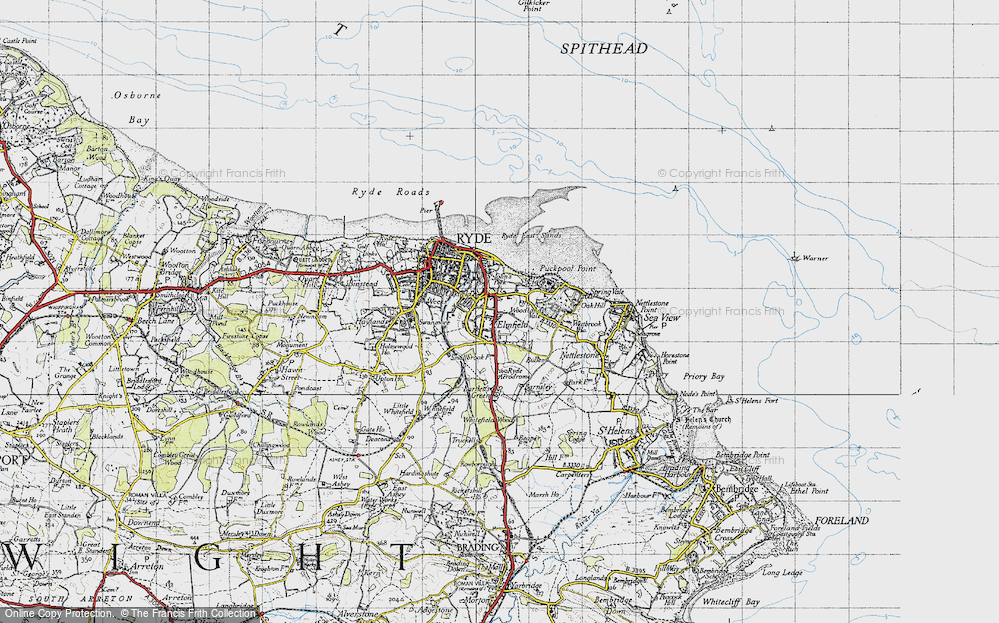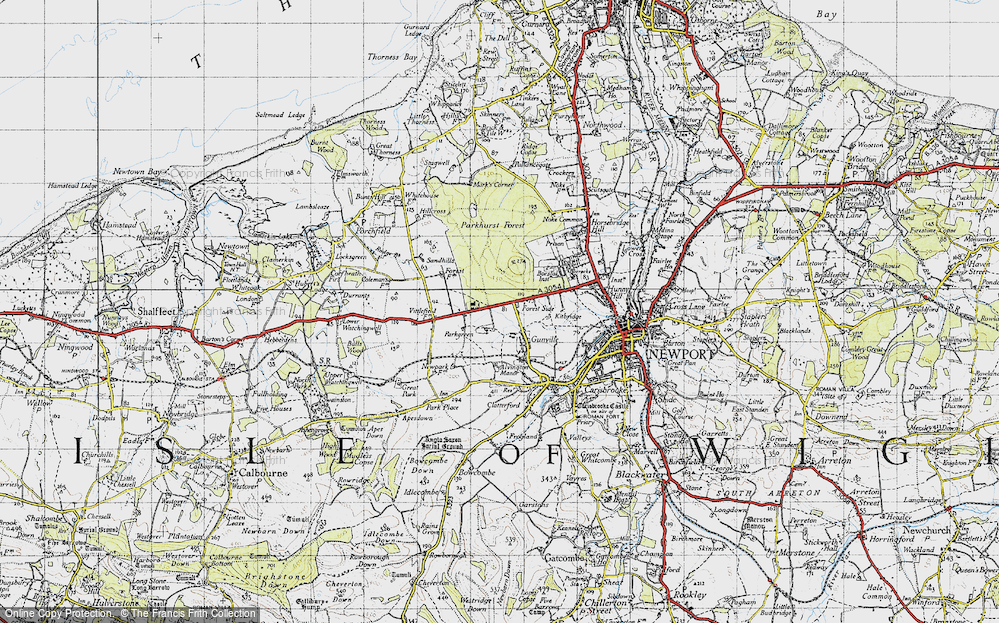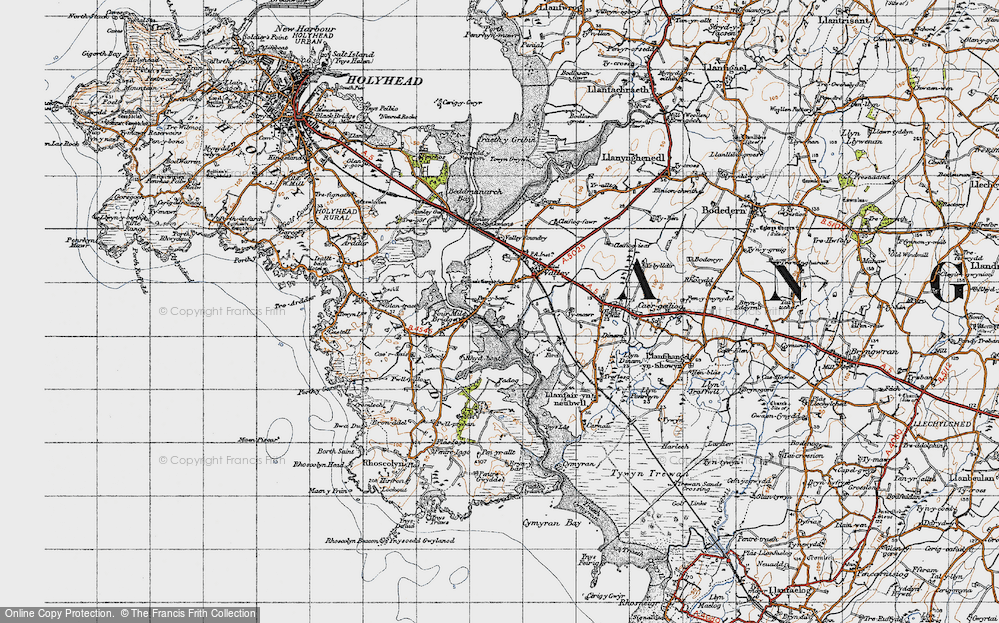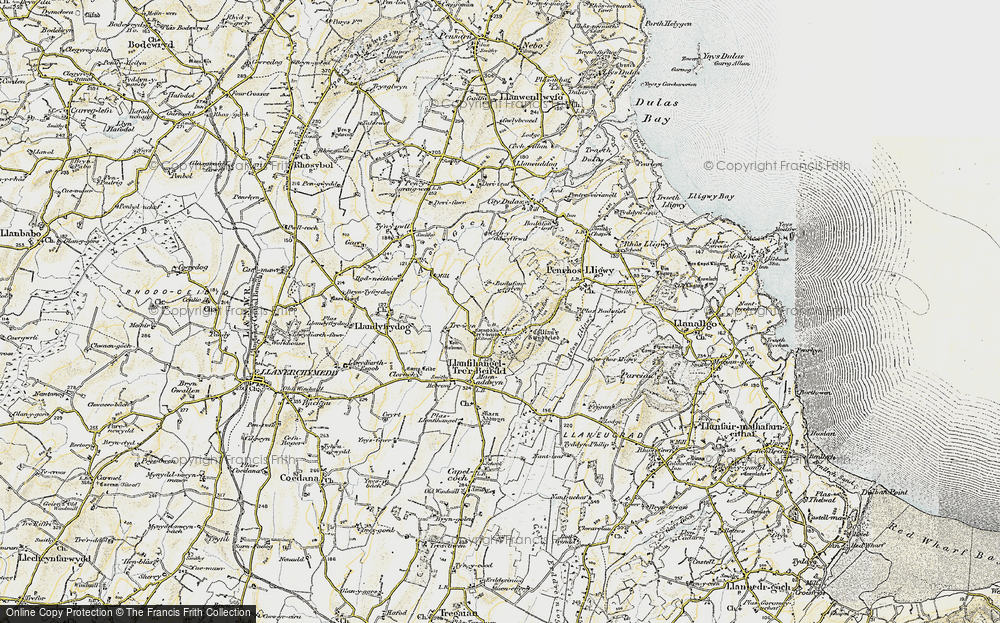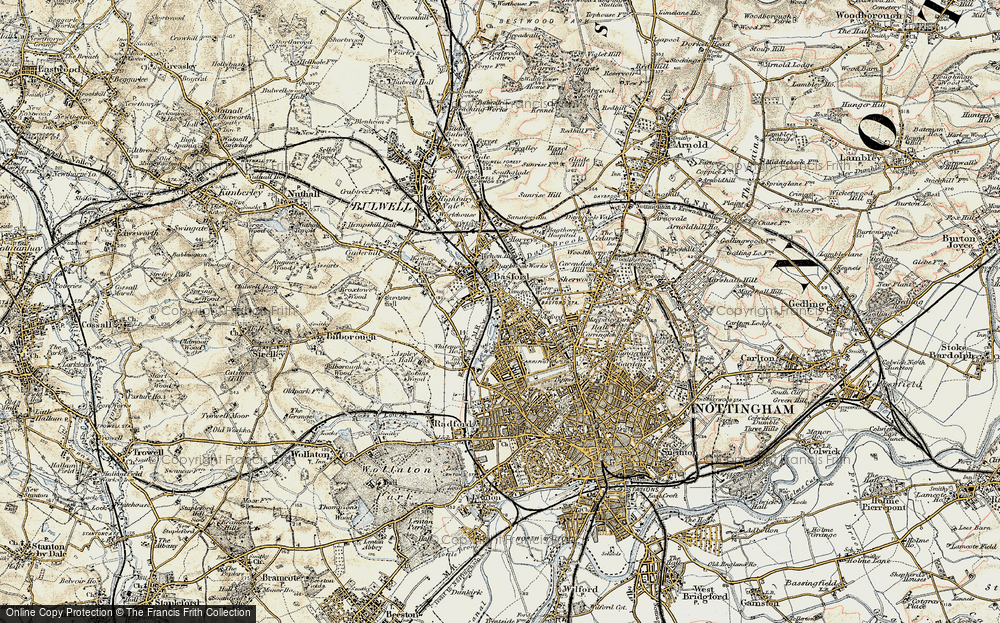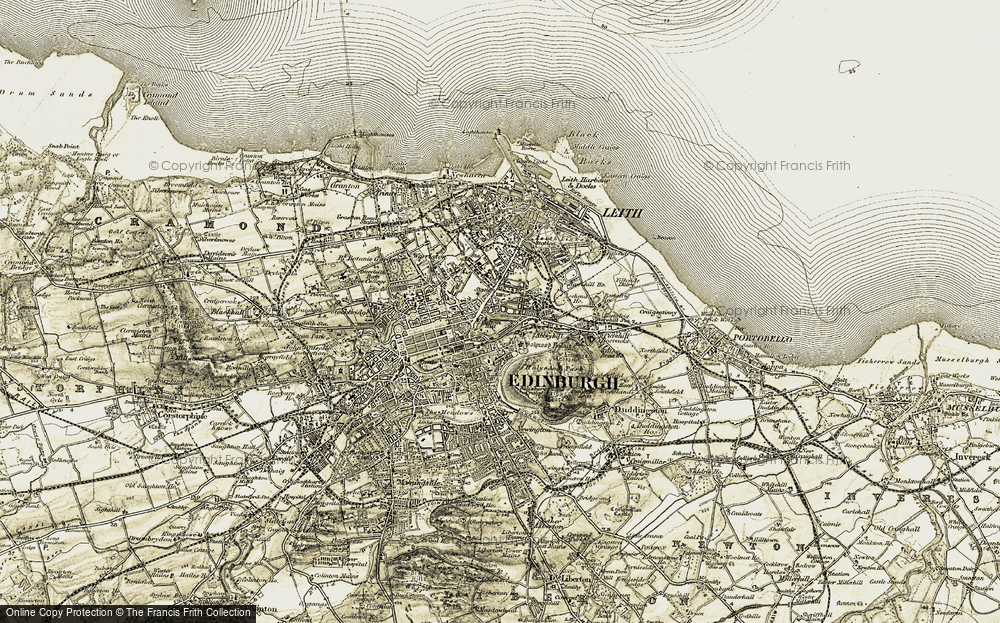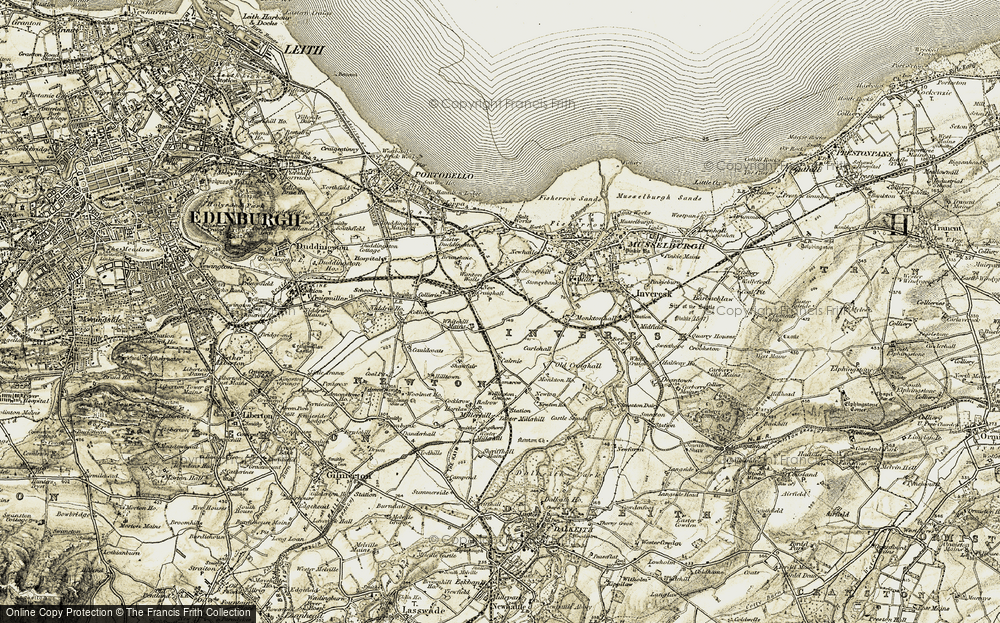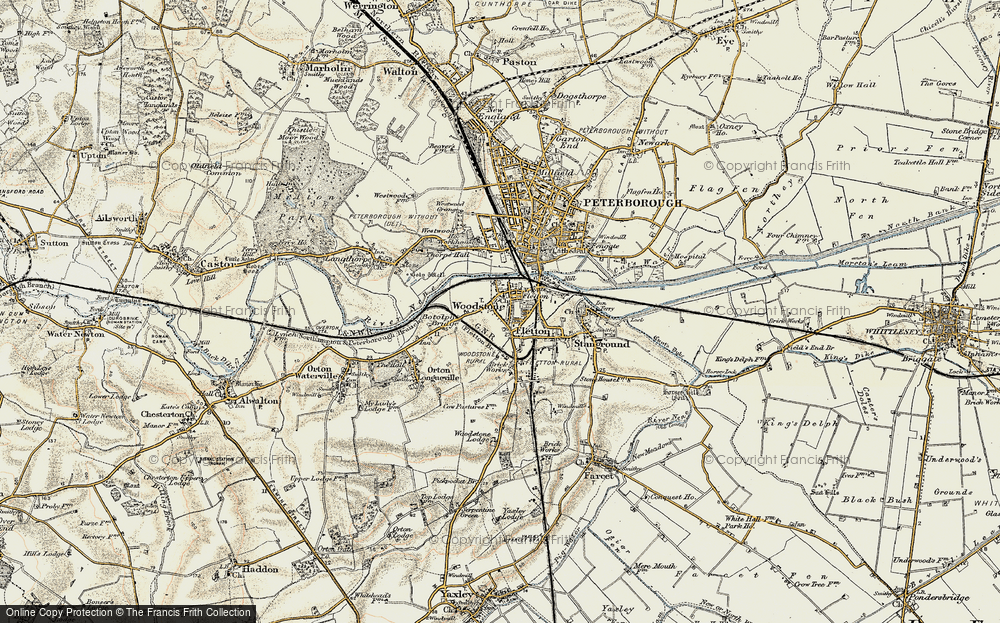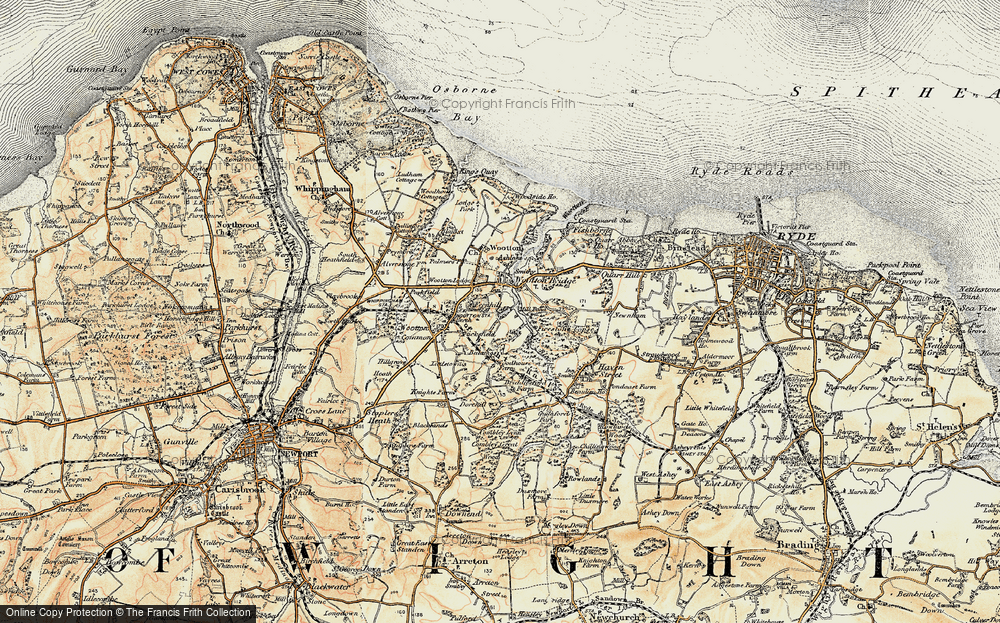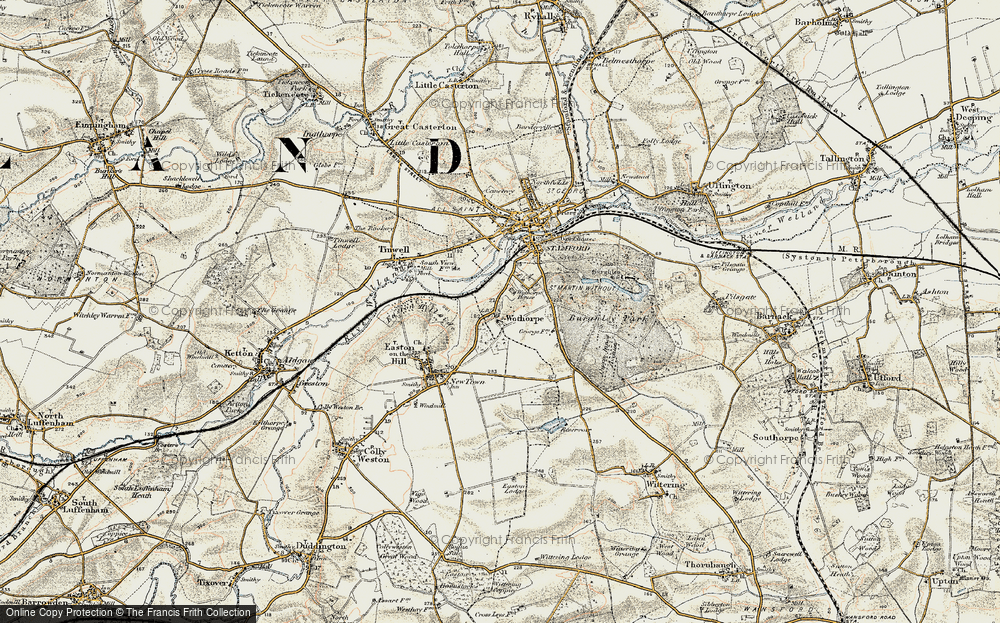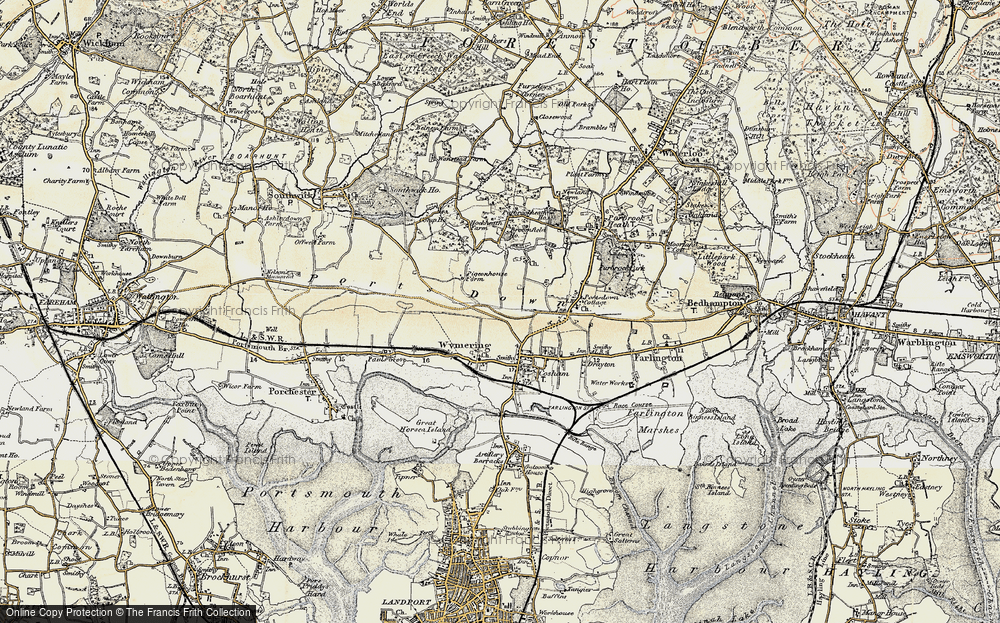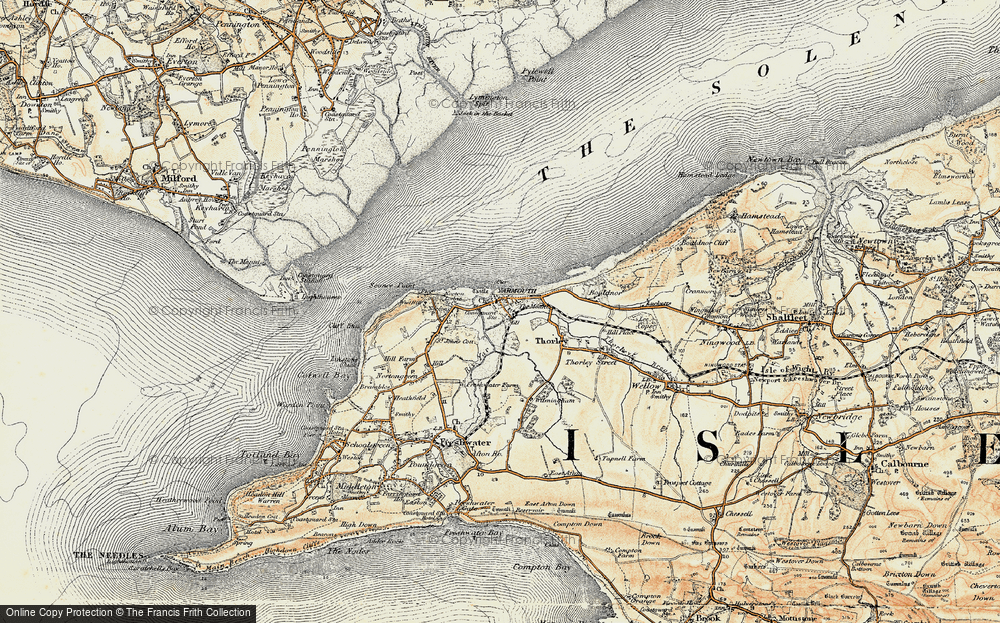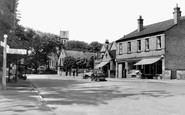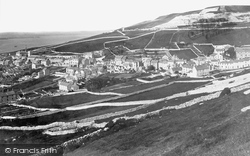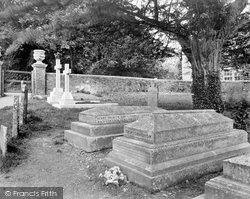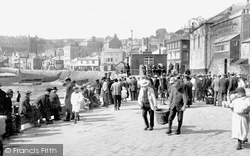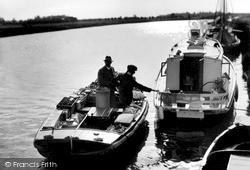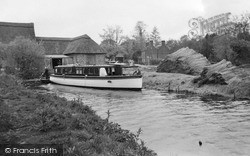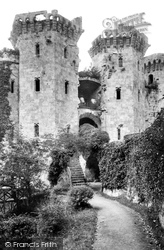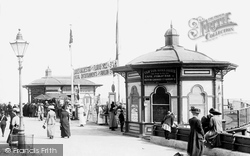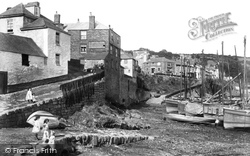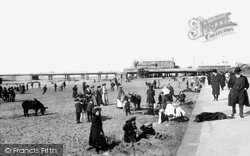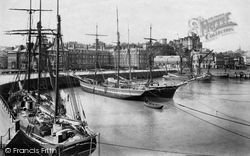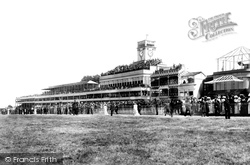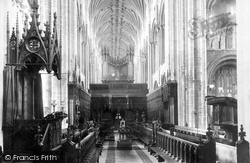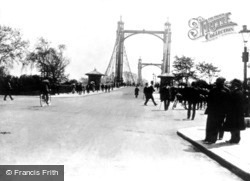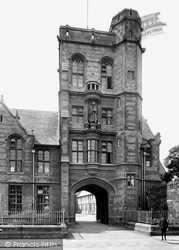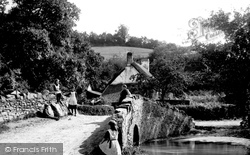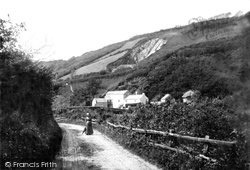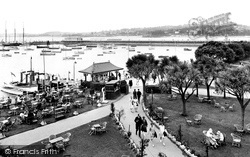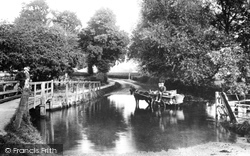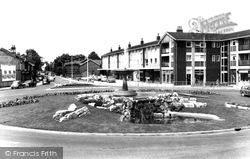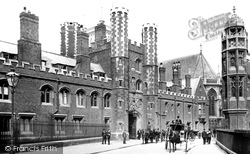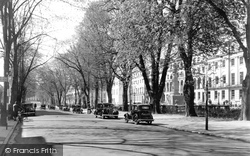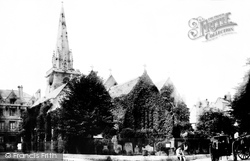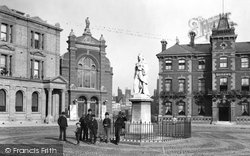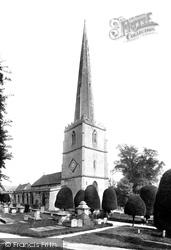Merry Christmas & Happy New Year!
Christmas Deliveries: If you placed an order on or before midday on Friday 19th December for Christmas delivery it was despatched before the Royal Mail or Parcel Force deadline and therefore should be received in time for Christmas. Orders placed after midday on Friday 19th December will be delivered in the New Year.
Please Note: Our offices and factory are now closed until Monday 5th January when we will be pleased to deal with any queries that have arisen during the holiday period.
During the holiday our Gift Cards may still be ordered for any last minute orders and will be sent automatically by email direct to your recipient - see here: Gift Cards
Places
36 places found.
Those places high-lighted have photos. All locations may have maps, books and memories.
- Shanklin, Isle of Wight
- Ventnor, Isle of Wight
- Ryde, Isle of Wight
- Cowes, Isle of Wight
- Sandown, Isle of Wight
- Port of Ness, Western Isles
- London, Greater London
- Cambridge, Cambridgeshire
- Dublin, Republic of Ireland
- Killarney, Republic of Ireland
- Douglas, Isle of Man
- Plymouth, Devon
- Newport, Isle of Wight
- Southwold, Suffolk
- Bristol, Avon
- Lowestoft, Suffolk
- Cromer, Norfolk
- Edinburgh, Lothian
- Maldon, Essex
- Clacton-On-Sea, Essex
- Felixstowe, Suffolk
- Norwich, Norfolk
- Hitchin, Hertfordshire
- Stevenage, Hertfordshire
- Colchester, Essex
- Nottingham, Nottinghamshire
- Bedford, Bedfordshire
- Bury St Edmunds, Suffolk
- Aldeburgh, Suffolk
- St Albans, Hertfordshire
- Hunstanton, Norfolk
- Chelmsford, Essex
- Bishop's Stortford, Hertfordshire
- Peterborough, Cambridgeshire
- Brentwood, Essex
- Glengarriff, Republic of Ireland
Photos
11,145 photos found. Showing results 11,101 to 11,120.
Maps
181,031 maps found.
Books
442 books found. Showing results 13,321 to 13,344.
Memories
29,072 memories found. Showing results 5,551 to 5,560.
Conkers And The Pram Race
Hello, my name is David Clarke. I lived in Barlborough from 1972 to 1978. We lived at 12 Westbridge Rd during that time frame. I went to Barlborough Primary School and so did my brother until my family moved to the U.S. ...Read more
A memory of Barlborough by
Early Days In Greenock
I found all these photos fascinating, I have been researching many aspects of Greenock since I began working on the family's history i was hoping to see photos of some of the streets I have come to know quite well, like ...Read more
A memory of Greenock by
Pavenham 1945 1970
This is the village where I grew up, my parents moving into their very old, somewhat dilapidated cottage at the end of the war. This was 'The Folly' at the eastern end of the village opposite one of Tandy's farms. Why it had that ...Read more
A memory of Pavenham by
My Memory
My grandma lived in Varna Road in a bungalow built by my Grandad Fred, The house was called Exley, they had my dad Edward, Albert,Stanley, Margaret,Gladys and Elsie, My grandmother was called Rose, I stayed with them in 1961 and went to ...Read more
A memory of Bordon by
Schooling
We moved from Chelmsford to Radcliffe in 1968 - I was 2 years old. I went to Lorne Grove Nursery and my memory of that was the Rocking Horse Toy. I hated sharing it!! I was about 3 or 4 and I remember being so upset at being ...Read more
A memory of Radcliffe on Trent by
Gala Academy
I attended the Academy from Primary 1 until senior 6th year starting in the wing of the school for primary pupils in Melrose Road and then latterly in the Scott Park. I have the old school magazines from that time but unfortunately two ...Read more
A memory of Galashiels
Brushing Off Even More Cobwebs.
In a previous memory of mine I mentioned that the village of Upper Boddington was without mains water in the late 1940’s and early 1950’s . I lived in the School House with my parents, Pat and George Bishop. My ...Read more
A memory of Upper Boddington by
Dean Street
I was born in Dean Street Failsworth 1944-1967. I went to Mather street school and then to Failsworth boys Partington street.Probably started school in 1949. I remember Miss Williamson, infants, and Mrs Kershaw in the Juniors. I ...Read more
A memory of Failsworth by
Orchard Portman
Hi. I was at Orchard Portman in 1957 or 1958. Yes I can remember the Walkers. I must have been 7 or 8 years old and probably one of the tallest boys there - now being 196cm tall. I had red hair, freckles and glasses and was ...Read more
A memory of Orchard Portman
Frederick Corder,
These are my memories of Ipswich in Early 1960 I had been working in Ilford on C & A Modes new shop. when the job there was finished i was sent to Frederick Corders shop in Tavern Street, Ipswich, to help out with the ...Read more
A memory of Ipswich by
Your search returned a large number of results. Please try to refine your search further.
Captions
29,395 captions found. Showing results 13,321 to 13,344.
The Isle of Portland guards Weymouth Bay from fierce south-westerly gales, though it is a rocky peninsula rather than an island.
The inscription reads: 'Here lies the heart of Thomas Hardy OM, son of Thomas and Jemima Hardy. He was born at Upper Bockhampton 2 June 1840 and died at Max Gate Dorchester 11 January 1928.
The busy fish market on The Wharf. The wooden building on the railed platform is Shore Shelter Lodge, one of the famous St Ives Fishermen's 'Lodges', where fishermen gathered in their spare time.
Below Acle bridge a provisioner brings supplies of fruit, vegetables, milk (in churns) and other essentials to holidaymakers and people living on houseboats such as this one on the right.
Bundles of Norfolk reed lie stacked at the edge of Ranworth staithe awaiting collection by thatchers. The Maltsters Inn can be seen across the road.
Herbert also went on to be made Knight of the Garter in 1462.
The simple delights of a seaside holiday are all on view.
Boats are drawn up on the beach under the walls of the fishing township, and their nets are drying on the rails beside the slipways.
On the eve of the Great War the decision was taken to use Southport's refuse as infill for the Lagoon.
A mixture of schooners, brigantines and spritsail barges lie to warps in the outer harbour.
Queen Anne established the famous racecourse in 1711, though the meetings only became popular when the Duke of Cumberland, the first member of the Royal Family elected to the Jockey Club, revived them
As is customary in medieval great churches, the choir stalls occupy the first bays of the nave.
Until 1878 all but three of the bridges over the Thames were owned by private companies who levelled tolls on foot passengers.
The tower has provided a daunting welcome to generations of potential pupils. Although appearing to be medieval, it was designed by Sir Thomas Jackson in 1815.
Weare Giffard marks the head of the tidal estuary of the Torridge.
Three pairs of stones were driven by a water wheel, and produced 100 sacks of flour a week in 1869. The bridge over the Avon was built in 1893.
Beyond Torquay harbour is the fine sweep of Torbay. In Nelson's day the entire British fleet could anchor within the sheltering arms of the bay.
A marvellously posed picture of the Ruxley watersplash, at Ewell on the Hogsmill River. It was situated in Ruxley Lane, now the B284.
St Mary's Parish Church c1960 The 15th-century stone tower of this Perpendicular church situated in the heart of the old village, with its 17th- century cupola on the stair turret, was heavily
The early Tudor gateway of St John's College is richly decorated with the arms of its founder, Lady Margaret Beaufort.
The age of popular motoring led to increased numbers of tourists coming to Cheltenham.
Following the Dissolution of the Monastries, it was acquired by the Crown before becoming part of Pembroke College. Its members worshipped here until the college built its own chapel in 1732.
The imposing Jubilee statue of Queen Victoria dominates Abingdon's Market Place.
St Mary's church is the focus of this ancient little town, which is built almost exclusively from Cotswold stone. The church tower houses a peal of twelve bells.
Places (6814)
Photos (11145)
Memories (29072)
Books (442)
Maps (181031)


